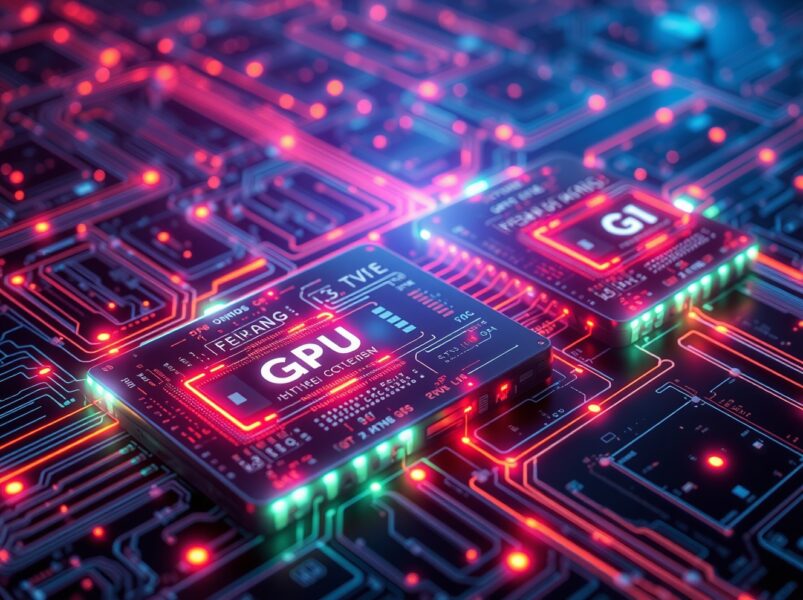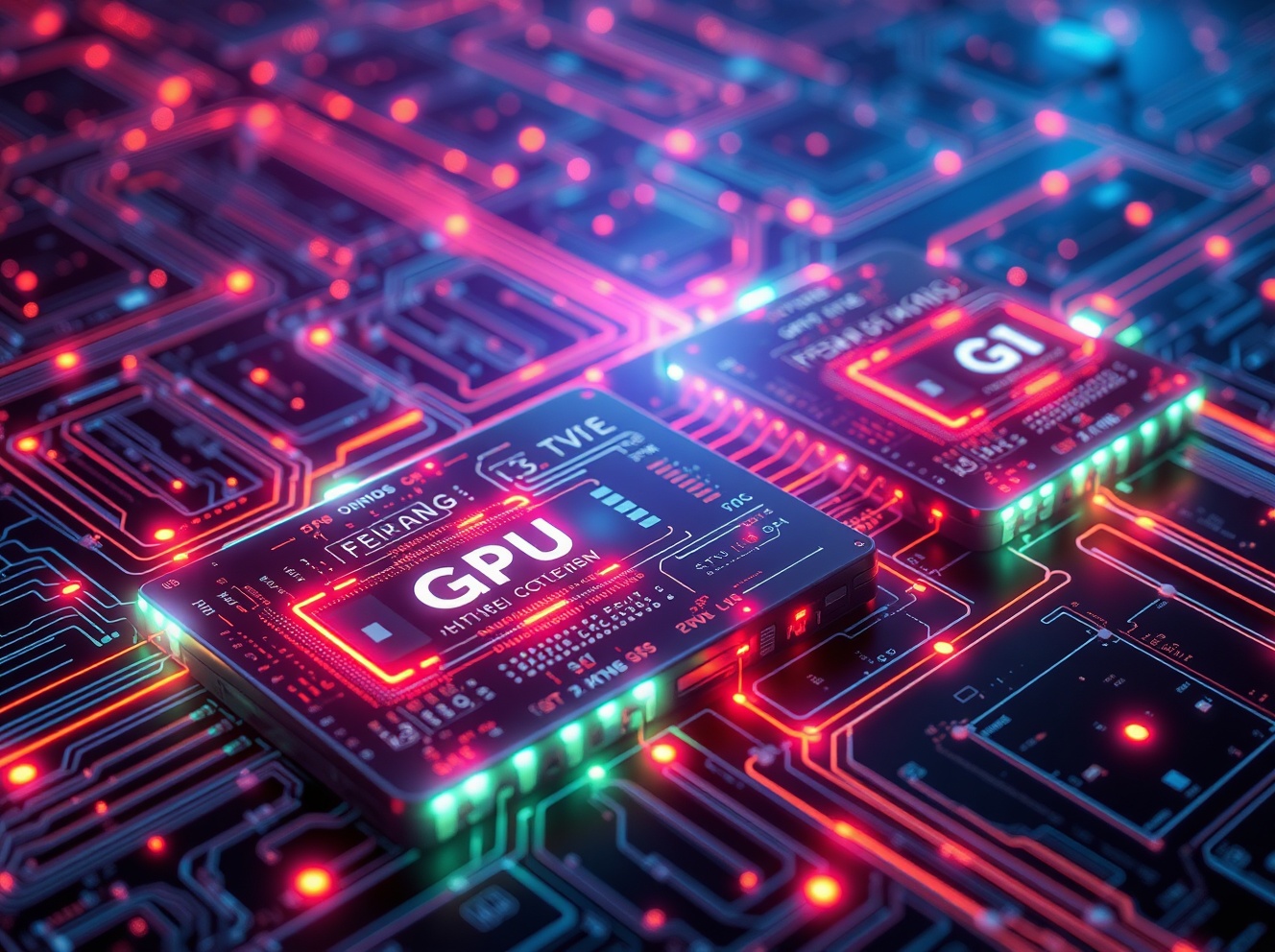Revolutionary GPU Compiler Startup Luminal Secures $5.3M to Challenge NVIDIA’s AI Dominance

BitcoinWorld
Revolutionary GPU Compiler Startup Luminal Secures $5.3M to Challenge NVIDIA’s AI Dominance
In a bold move that could reshape the AI infrastructure landscape, Luminal has secured $5.3 million in seed funding to tackle one of the most critical bottlenecks in artificial intelligence development: the GPU compiler technology that bridges software and hardware. This breakthrough comes at a time when the entire AI industry is grappling with compute shortages and optimization challenges.
Why GPU Compiler Technology Matters for AI Growth
The story begins with co-founder Joe Fioti’s realization while working at Intel: even the best hardware becomes useless if developers can’t efficiently utilize it. This insight sparked the creation of Luminal, focusing specifically on optimizing the compiler layer that translates written code into GPU-executable instructions. The company’s approach targets the same developer pain points that Fioti experienced firsthand.
The AI Inference Optimization Race Heats Up
Luminal enters a competitive but rapidly expanding market for AI inference optimization. While companies like Baseten and Together AI have established themselves in this space, and newcomers like Tensormesh and Clarifai focus on specialized techniques, Luminal differentiates by targeting the compiler layer itself. This positions them directly against NVIDIA’s CUDA system, which has been a cornerstone of the company’s AI dominance.
| Company | Focus Area | Key Differentiator |
|---|---|---|
| Luminal | GPU Compiler Optimization | Compiler-level improvements for general purpose use |
| Together AI | Inference Infrastructure | Distributed computing optimization |
| Baseten | Model Deployment | Full-stack inference platform |
| Tensormesh | Specialized Optimization | Model-specific performance tuning |
Breaking Down NVIDIA CUDA’s Market Stronghold
NVIDIA’s CUDA system represents one of the most underappreciated elements of the company’s success story. While many components are open-source, the complete ecosystem has created significant barriers for competitors. Luminal’s strategy involves building upon these open-source elements while creating superior optimization techniques that can work across multiple hardware platforms and model architectures.
- Open-source foundation: Leveraging available CUDA components
- Cross-platform compatibility: Working with various GPU architectures
- Model agnostic approach: Adapting to any AI model structure
- Economic efficiency: Maximizing compute output from existing infrastructure
Compute Infrastructure Evolution and Market Opportunity
Luminal’s business model mirrors neo-cloud providers like Coreweave and Lambda Labs by selling compute resources. However, their unique value proposition lies in optimization techniques that extract more performance from the same hardware. This approach becomes increasingly valuable as GPU shortages continue to plague the AI industry and companies seek cost-effective ways to run their models.
The Funding and Team Behind the Vision
The $5.3 million seed round was led by Felicis Ventures with notable angel investments from Paul Graham, Guillermo Rauch, and Ben Porterfield. The founding team brings diverse experience from Intel, Apple, and Amazon, providing a comprehensive understanding of both hardware limitations and software challenges. Their participation in Y Combinator’s Summer 2025 batch further validates their approach to solving critical infrastructure problems.
FAQs: Understanding Luminal’s Impact
What is Luminal’s core technology?
Luminal focuses on optimizing the compiler that translates code for GPU execution, improving AI inference performance across various models and hardware.
How does Luminal compare to NVIDIA’s CUDA?
While leveraging open-source CUDA components, Luminal builds additional optimization layers that can work across different hardware platforms, offering more flexibility than NVIDIA’s proprietary system.
Who are Luminal’s key investors?
The seed round was led by Felicis Ventures with angels including Paul Graham, Guillermo Rauch, and Ben Porterfield.
What companies compete in this space?
Luminal competes with inference optimization providers like Baseten, Together AI, and specialized firms like Tensormesh and Clarifai.
What hardware experience does the team have?
Co-founder Joe Fioti previously worked on chip design at Intel, while other co-founders come from Apple and Amazon.
Conclusion: The Future of AI Compute Optimization
Luminal’s funding and approach signal a significant shift in how the industry addresses AI infrastructure challenges. By focusing on compiler-level optimization rather than just hardware improvements, the company represents a new wave of innovation that could democratize access to efficient AI inference. As Fioti notes, while specialized hand-tuning will always deliver peak performance, the economic value of general-purpose optimization remains enormous in a market hungry for more efficient compute solutions.
To learn more about the latest AI infrastructure trends, explore our article on key developments shaping GPU technology and inference optimization features.
This post Revolutionary GPU Compiler Startup Luminal Secures $5.3M to Challenge NVIDIA’s AI Dominance first appeared on BitcoinWorld.
You May Also Like

• Arm will add Nvidia’s NVLink to its Neoverse chips for large AI data centers.

Mt. Gox moves $936M in Bitcoin after eight-month dormancy
